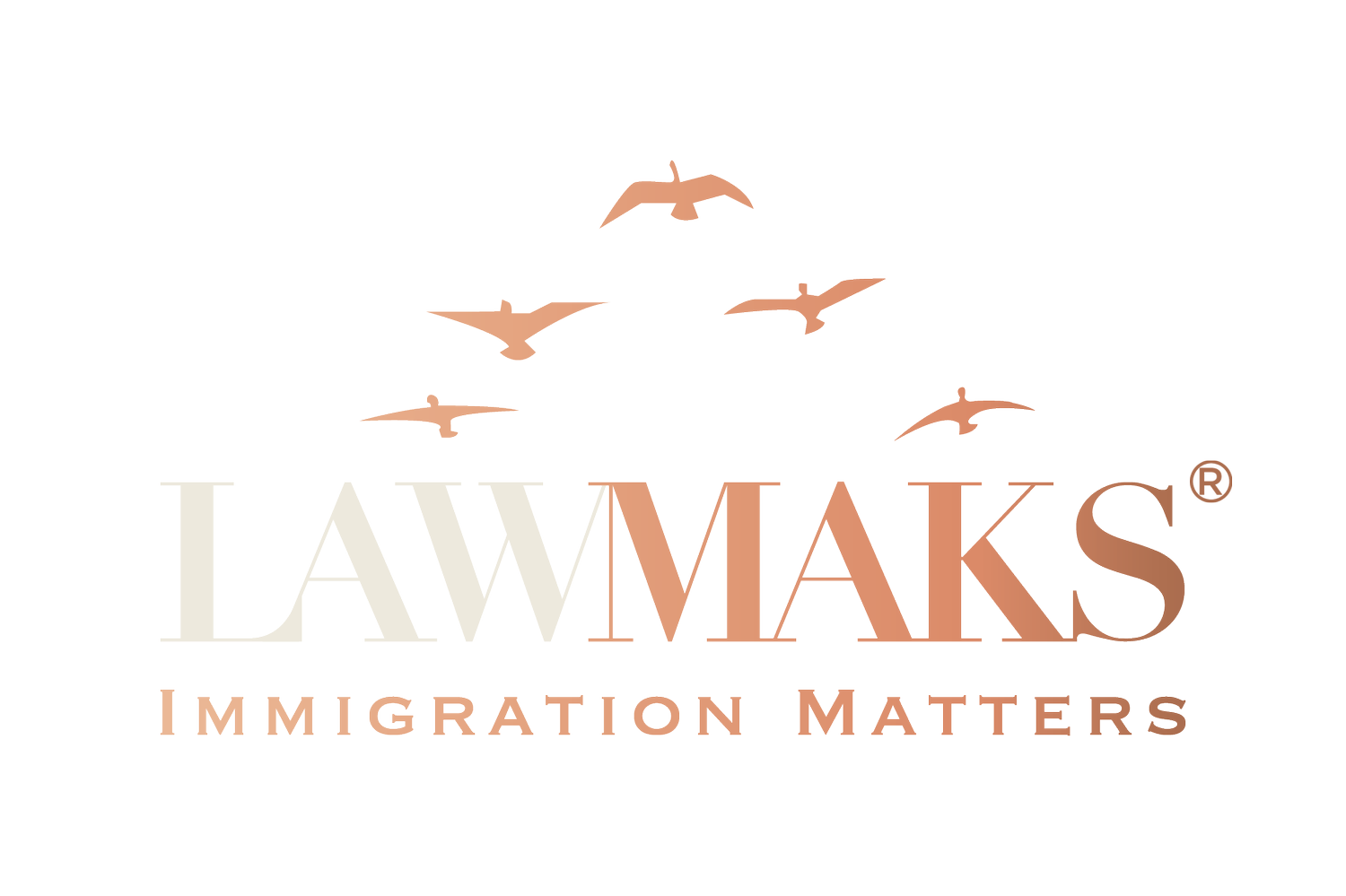How the Zhou and Battineni Decisions Can Help EB-5 Investors from Iran, India, and Vietnam Overcome Source of Funds Challenges
If you’ve been navigating the EB-5 process from a country like Iran, India, or Vietnam, you’re likely no stranger to the intense scrutiny over source and path of funds. Many investors from these regions rely on money exchangers and third-party financial intermediaries due to restrictive currency controls, making it nearly impossible to provide USCIS with a clean, step-by-step paper trail.
For years, USCIS has denied EB-5 petitions for failing to document funds beyond the investor’s control—particularly in cases where money exchangers or gifts were involved. However, two recent federal court decisions—Battineni v. Mayorkas and Zhou v. Noem—have made it clear: USCIS has been misapplying the law. These rulings provide a game-changing opportunity for investors from high-scrutiny countries to challenge past denials and demand a fair interpretation of the law.
Key Takeaways from Zhou and Battineni
Both cases reject USCIS’ requirement that EB-5 investors trace their money back indefinitely, reaffirming that:
1. The investor only needs to document their immediate source of funds, not how their lender, giftor, or money exchanger originally obtained the money.
2. Money is fungible—there’s no requirement to “trace every penny” back through multiple layers of transactions.
3. The path of funds requirement only applies to proving that the money actually belongs to the investor, not where it came from years before.
These holdings directly contradict USCIS’ long-standing practice of issuing Requests for Evidence (RFEs) and denials demanding impossible documentation—especially for investors from Iran, India, and Vietnam, where strict banking controls and informal money transfer systems (such as Hawala or third-party exchanges) are commonly used.
How This Helps EB-5 Investors from High-Scrutiny Countries
Many Iranian, Indian, and Vietnamese investors have faced denials simply because USCIS insisted on tracing funds beyond the investor’s direct control. With these rulings:
• Iranian investors who used money exchangers no longer need to show where the exchanger originally got their money—only that they lawfully received the funds.
• Indian and Vietnamese investors who received EB-5 investment money as a gift do not need to show how the giftor acquired it—only that it was lawfully transferred to them.
• Investors who previously had I-526 petitions denied for failing to meet these unlawful documentation demands may now have a strong case to reopen their denial in federal court.
The Federal Statute of Limitations: You May Still Have Time
One of the most overlooked opportunities for EB-5 investors is the six-year statute of limitations for filing a lawsuit against USCIS in federal court. Under 28 U.S. Code § 2401(a), any person seeking to challenge an agency action has six years from the date of final denial to file a claim.
This means that even if your I-526 petition was denied several years ago, you may still have time to challenge it in federal court—especially in light of these new legal precedents.
Should You Take Your Case to Federal Court?
If you’ve had an EB-5 petition denied due to source of funds issues—especially if your case involved a money exchanger or a gift—the Zhou and Battineni decisions may give you grounds to fight back.
• If your denial was based on USCIS demanding source of funds documentation from a money exchanger or giftor, you now have strong legal authority to challenge that decision.
• If your funds came from a third-party lender or a family gift, you may have been wrongfully required to document transactions beyond what the law actually requires.
• If you previously gave up on EB-5 due to an RFE or denial related to source of funds, you may still be able to revive your case in federal court.
What’s Next?
The EB-5 process is complex, and many investors from countries like Iran, India, and Vietnam have been unfairly targeted by excessive documentation demands that are not supported by law. The Battineni and Zhou rulings now provide a legal roadmap for challenging these denials.
If you’ve received an I-526 denial within the past six years, you may still have time to take your case to federal court and demand the fair treatment that these decisions guarantee. If you’re considering litigation, it’s critical to act before the statute of limitations runs out.
If you’d like to explore your options or determine whether your case qualifies for a federal challenge, feel free to reach out. The window for action is limited, but for many investors, this could be the key to reviving their EB-5 journey.
If you want to discuss your case further, contact Lawmaks and schedule a consultation with our experienced EB-5 attorney. Don’t miss this opportunity to challenge unfair denials and move forward with your EB-5 journey.


